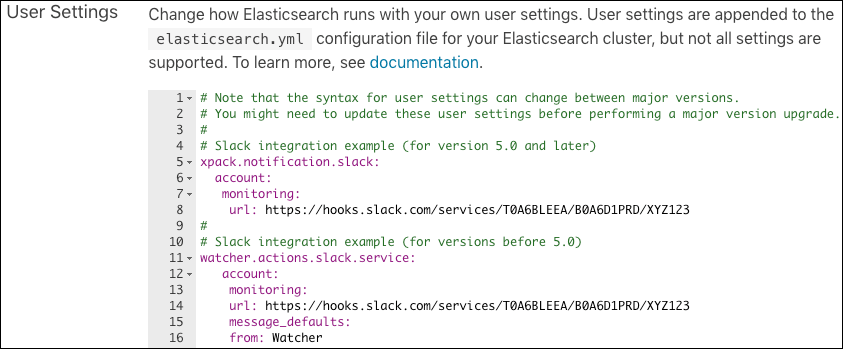

Installing an Elasticsearch ClusterĪs always, there are multiple ways of setting up an Elasticsearch cluster. Needless to say, these nodes need to be able to identify each other to be able to connect.

When installed, a single Elasticsearch node will form a new single-node cluster entitled “elasticsearch,” but as we shall see later on in this article it can also be configured to join an existing cluster using the cluster name. *Note: Tribe nodes, which were similar to cross-cluster or federated nodes, were deprecated with Elasticsearch 5.4īy default, each node is automatically assigned a unique identifier, or name, that is used for management purposes and becomes even more important in a multi-node, or clustered, environment.Ingest nodes - for pre-processing documents before indexing.Client nodes - forwards cluster requests to the master node and data-related requests to data nodes.Master nodes - in charge of cluster-wide management and configuration actions such as adding and removing nodes.Data nodes - stores data and executes data-related operations such as search and aggregation.The nodes in the Elasticsearch cluster can be assigned different jobs or responsibilities: The power of an Elasticsearch cluster lies in the distribution of tasks, searching and indexing, across all the nodes in the cluster. What is an Elasticsearch cluster?Īs the name implies, an Elasticsearch cluster is a group of one or more Elasticsearch nodes instances that are connected together. It should be stressed though that each Elasticsearch setup will likely differ from one another depending on multiple factors, including the workload on the servers, the amount of indexed data, hardware specifications, and even the experience of the operators.
#Elasticsearch yml config how to
This tutorial will provide some information on how to set up an Elasticsearch cluster, and will add some operational tips and best practices to help you get started. Elasticsearch is an extremely powerful search and analysis engine, and part of this power lies in the ability to scale it for better performance and stability. Unless you are using Elasticsearch for development and testing, creating and maintaining an Elasticsearch cluster will be a task that will occupy quite a lot of your time.


 0 kommentar(er)
0 kommentar(er)
